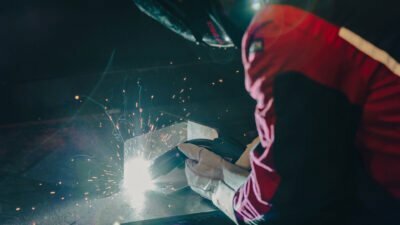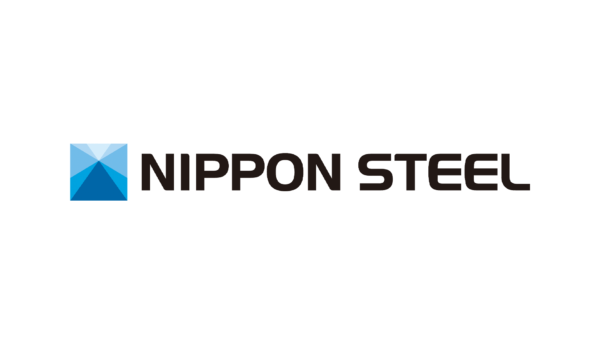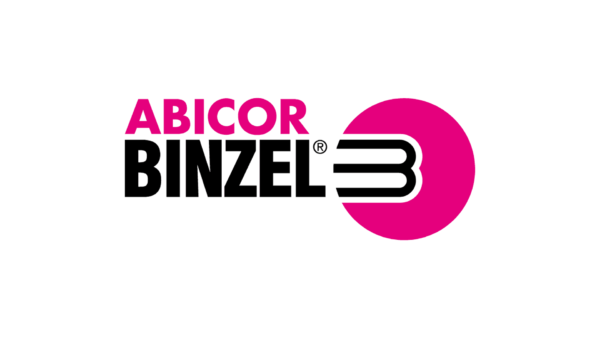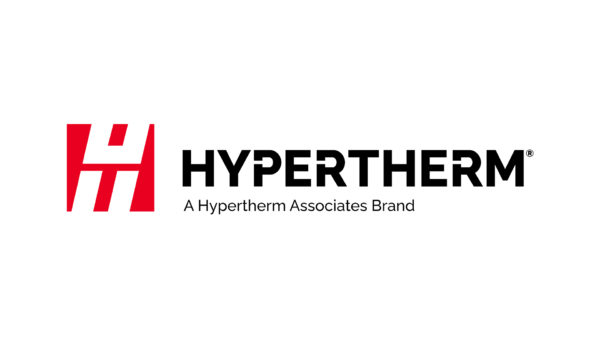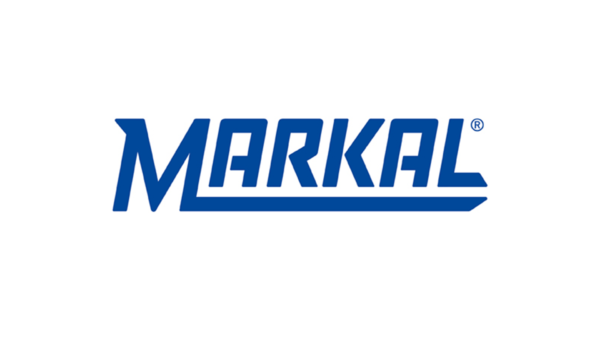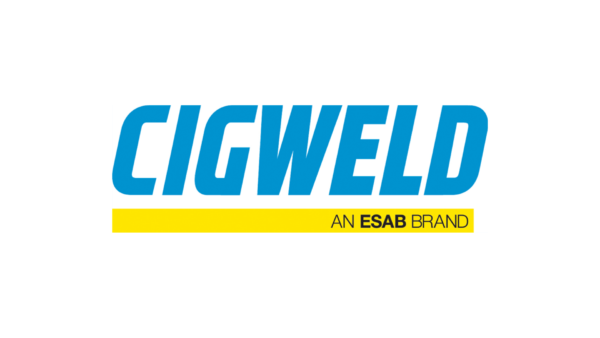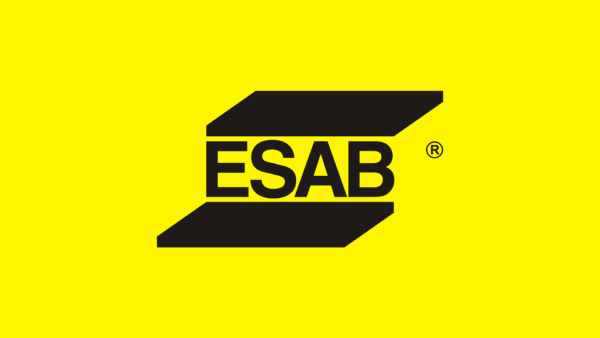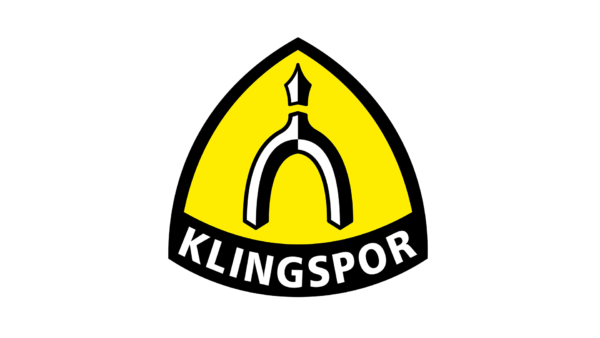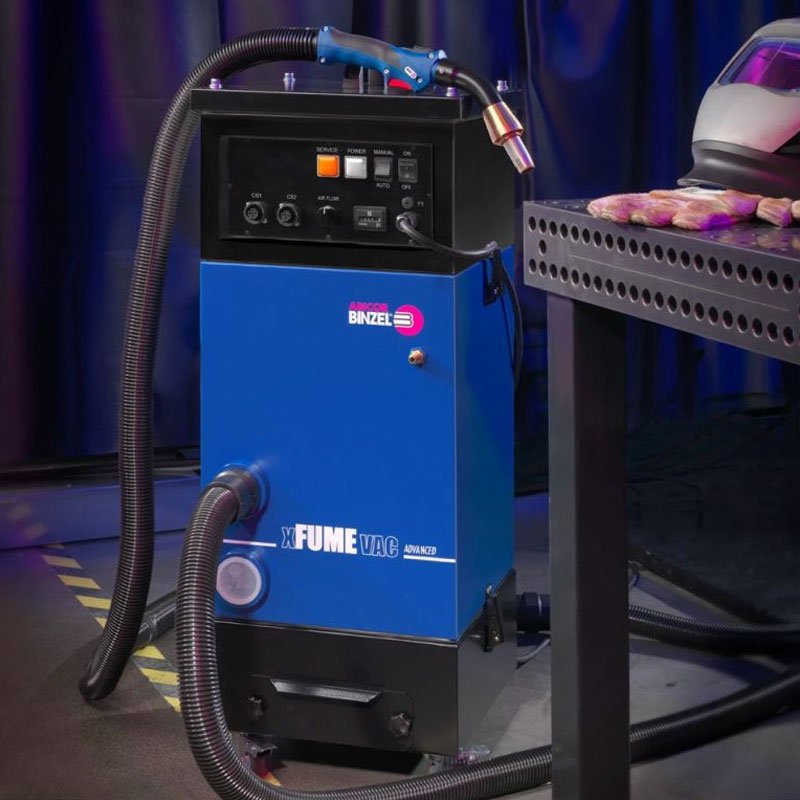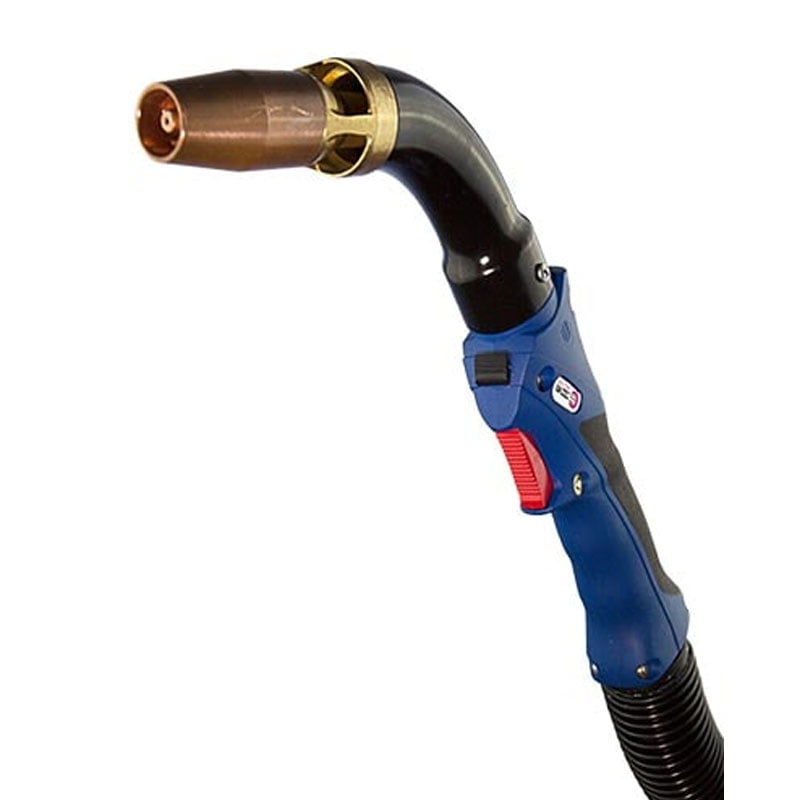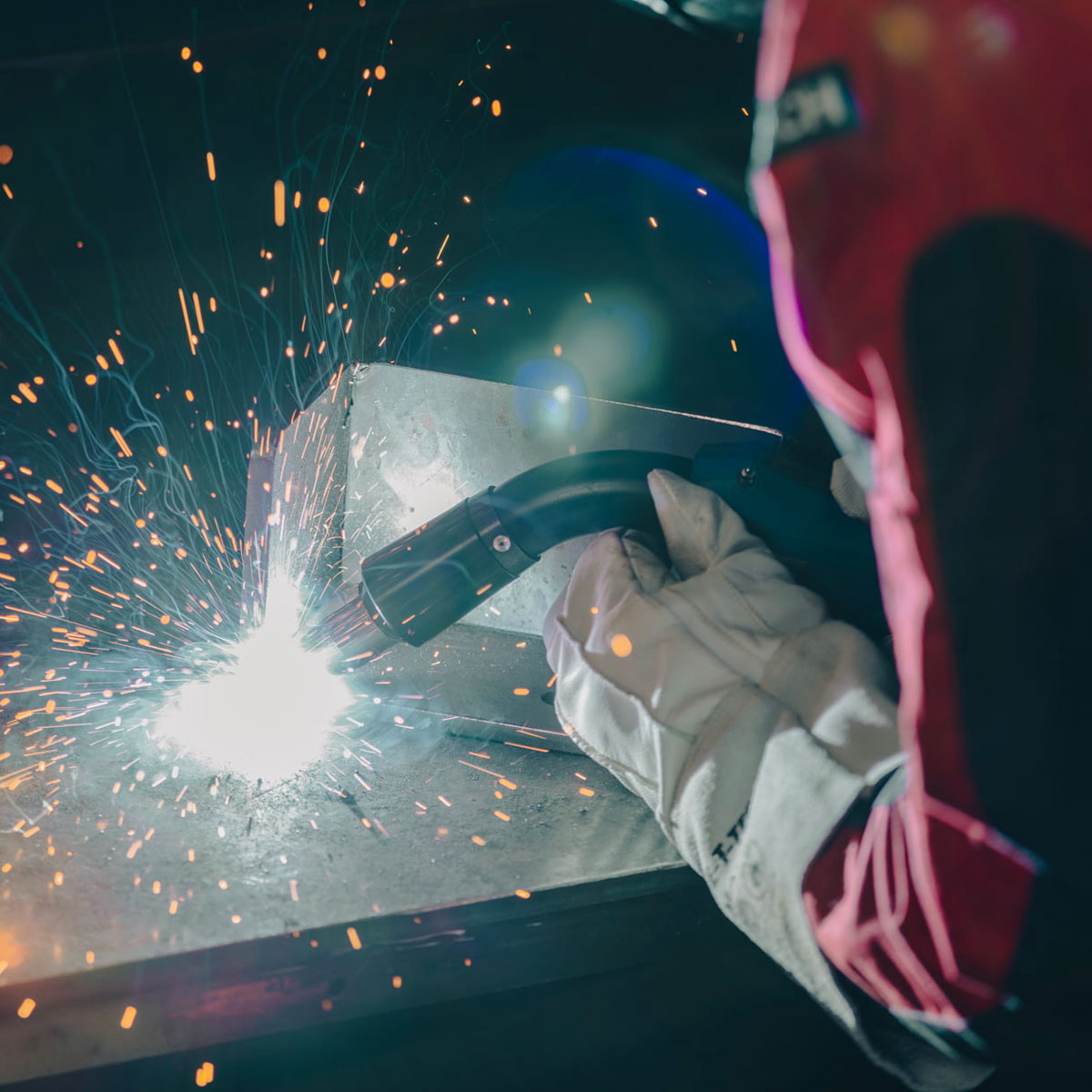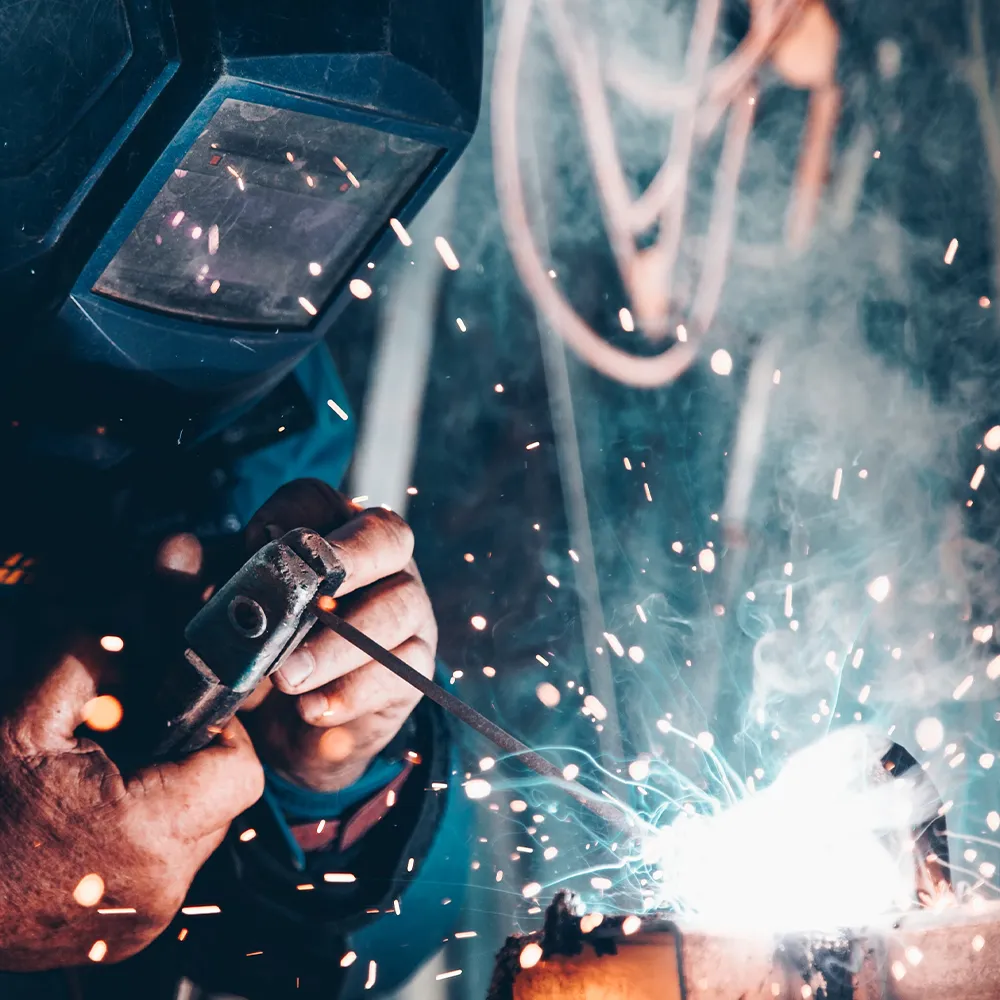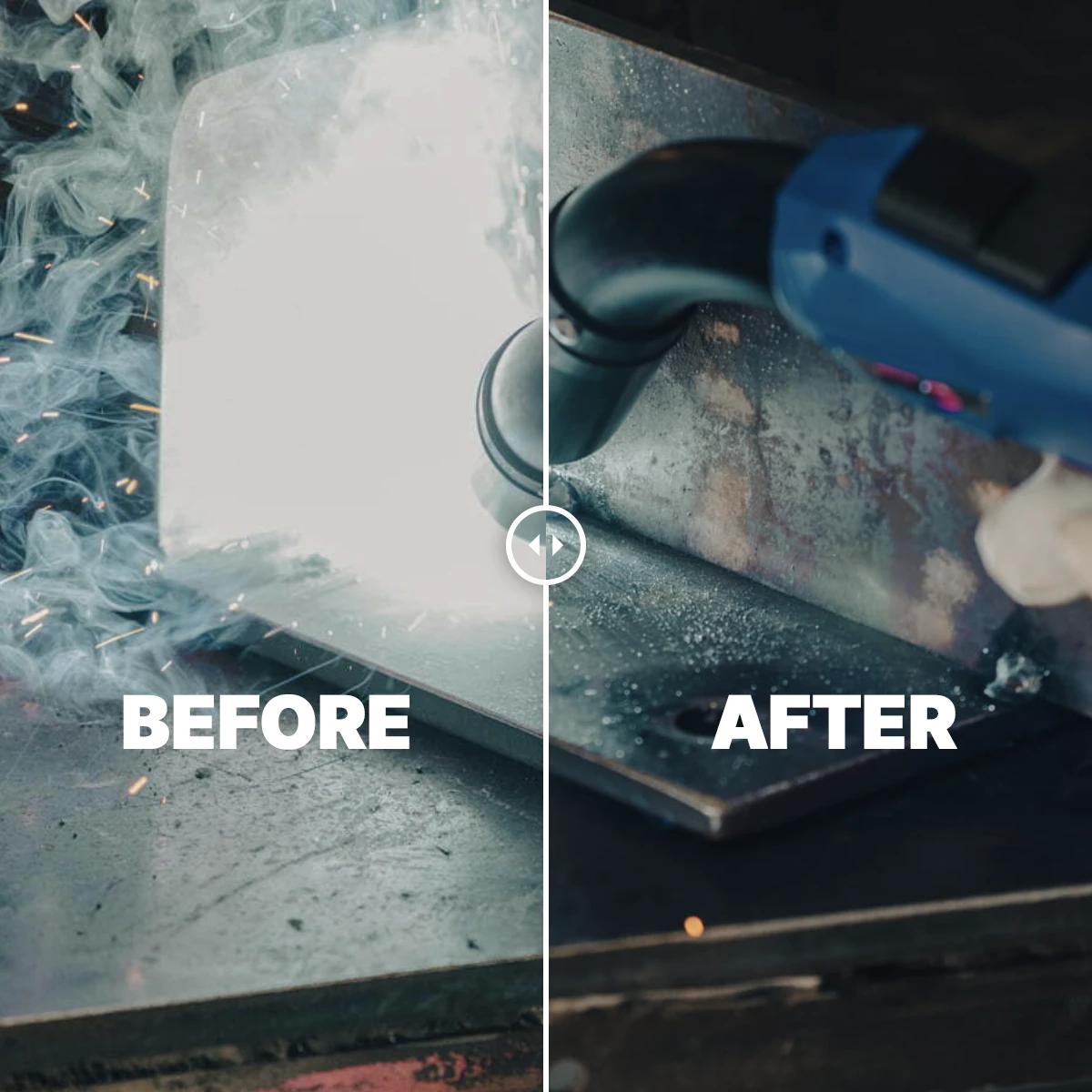What’s the Most Efficient Welding Fume Extraction System on the Market?
When investing in an on-torch welding fume extraction system, you want to ensure it delivers maximum value just like any other asset. However, as a crucial tool for protecting workers’ health, it’s equally important that it meets health and safety requirements. The most important factor is efficiency, ensuring the system effectively removes hazardous welding fumes at the levels required consistently, long-term.
Key Considerations for Your Situation
Before selecting a system, be clear on your specific needs:
- Types of welding: MIG/MAG, Flux Cored, Metal Cored, TIG.
- Number of welders.
- Workshop size and existing ventilation.
- Operating environment: Off-site, confined spaces.
- Robotic welding applications.
Given the proven health risks associated with weld fume, prioritise the highest level of extraction and filtration that covers all potential welding processes and materials in your workshop. WorkSafe NZ recommends on-tool extraction for MIG/MAG, Flux Cored, or Metal Cored welding where possible.
We also recommend its use for TIG welding due to the highly carcinogenic nature of the fumes produced. Read more.
Understanding On-Torch Extraction Efficiency
Efficiency is determined by two main factors: capture efficiency and separation efficiency.
Capture Efficiency
This refers to how well the system captures fumes at the source. It’s influenced by:
- Air volume flow and vacuum (negative static pressure): Optimal static pressure for mobile systems ranges from 100–170 m3/h. Generally, higher pressure leads to better fume capture.
- Torch design: Extraction nozzle shape and size, cable diameter, internal assembly, and internal torch structure are all examples of design features which affect air flow.
- Cable length: Longer cables reduce static pressure and extraction capacity. Keep cable length as short and straight as possible. You can use long cables with some systems, but it requires careful design and correct installation to ensure capture efficiency is maintained. Be sure to consult an expert for guidance.
- Filter condition: As filters become full, airflow and suction decrease, reducing efficiency. Systems with automatic filter cleaning, rather than manual cleaning, can maximise efficiency and extend filter life, with less downtime.
Be cautious of poorly designed systems that rely on excessively high airflow to capture fume, as this can disrupt the shielding gas pool and negatively impact weld quality.
Look for a reputable manufacturer with a proven track record in extraction system design. For guaranteed best results, match the extraction unit with a torch from the same brand designed to work together. Mismatched systems can lead to reduced capture increasing the fume exposure risks, disturbed shielding gas, and poor weld quality.
Separation Efficiency
This concerns how effectively the system filters harmful particles from the captured fumes. Key factors include:
- Airflow/static pressure.
- Filter type and quality: Welding fumes contain extremely fine particles, many under 1 micron in size. The higher the amperage used, the more harmful the fume produced. Welding high alloy, galvanised, or stainless steels produces particularly toxic particles requiring superior filtration.
Understanding Filter Classifications
Comparing filters can be complex due to various rating systems:
- M-Class Dust Filters: Filter at least 99.9% of dust particles bigger than 1.0 microns, suitable for wood dust, concrete dust, and some metal fumes (e.g., mild steel).
- MERV Rated Filters (USA): A MERV 16 rating (collects ≥95% of 0.3−1 micron particles) is the recommended minimum for mild steel weld fume.
- HEPA Filters: High-efficiency particulate air filters, recommended for welding high alloy steels:
- H13: Minimum efficiency of 99.95% for particles ≥0.2 microns.
- H14: Minimum efficiency of 99.995% for particles ≥0.2 microns.
- W Class (EN ISO 21904-1:2020): Defines separation rates for carcinogenic pollutants.
| Welding Fume Filter Class | Separation Efficiency | Suitable for Welding |
|---|---|---|
| W1 | >95% | Unalloyed or low alloy steel ≤5% nickel and chrome |
| W2 | >98% | Alloy steel with 5−30% nickel and chrome |
| W3 | >99% | High-alloy steel with >30% nickel and chrome |
Check the filter/s meet the minimum efficacy requirements for the most harmful level of fume that may be produced by welding in your workshop. Some extraction systems have the option to upgrade to a higher rated filter if necessary.
Certification
Check the extraction system is manufactured to relevant standards, for example, ISO Mechanical, Electrical, or fume extraction standards. Symbols you may see in fume extraction documents include:

CE marking indicates that a product has been assessed by the manufacturer and deemed to meet EU safety, health and environmental protection requirements.
W3
W3 certification is issued by Germany’s Institute for Occupational Safety and Health (IFA). It applies to the fume extraction system, not just the filter/s, and confirms that it has been independently tested to filter all pollutants out of the air by 99% in accordance with EN ISO 21904-1:2020 “Occupational health and safety in welding and allied processes – Equipment for the collection and removal of welding fumes”.
Most European manufacturers of fume extractors aim for a Class W3 certificate. The certificate is compulsory in Germany, and it is regarded as a quality mark internationally because it is the only one globally which is independently tested.
Ease of Use
A long time concern with on-torch fume extraction was unwieldy, heavy torches. The best of the modern extraction torches are comparable to standard welding torches; ergonomically designed, similar weight, slim front ends, and flexibility. Some torches feature variable air flow sliders for fine adjustment of extraction. We recommend trialling torches in your workshop with your welders to ensure they will perform to their requirements. Read more.
Good fume extraction devices indicate when the filter needs to be cleaned, changed or that the dust box should be emptied. They should be easy and safe to clean and empty of hazardous waste. Compare manual and 100% automatic cleaning functions to find what will best suit, consider the steps involved, regularity and potential downtime.
Cost Considerations
While the initial cost of a cheap fume extraction system might be lower, the increased maintenance, frequent filter replacements, and potential for safety issues can lead to higher long-term costs compared to a higher-quality system.
Check the details, pricing and availability of the consumables which will be required over time, e.g. torch consumables, filters, cleaning brushes.
Investing in new equipment such as fume extraction units can be a significant capital purchase. Note there is a new tax deduction available for New Zealand businesses, the Investment Boost. Effective from 22 May 2025, businesses can claim 20% of the cost of new assets as an expense, then claim depreciation as usual on the remaining 80%.
Fume Control Products Available from Welding Engineers
Further Reading
Assessing Efficiency of Fume Extraction Systems
Assess welding fume extraction efficiency by analysing capture and separation performance, filter ratings, certification and maintenance needs.
The Alarming Reality of Welding Fume Risks in Australia
The Australian welding workforce is apparently unaware or perhaps indifferent to the risks of welding fume. Are Kiwi welders as cavalier?
Source Capture Fume Extraction Explained
Many weld fume extraction solutions are far from the source. Source capture fume extraction focuses on the most concentrated areas for greater impact.


